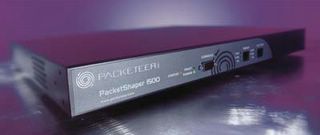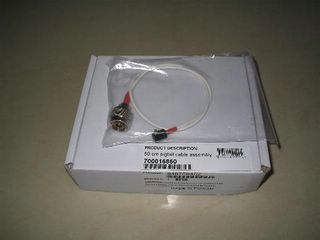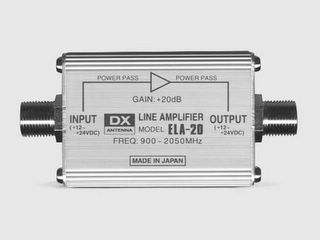nokia linux tablet

|
NEW YORK - Nokia Corp. is introducing a handheld tablet for Web-browsing over a wireless broadband connection, the company's first non-phone mobile device and the latest in a long line of attempts to create a so-called "Internet appliance" for quick online access around the home |
The new Internet Tablet, unveiled Wednesday and slated to go on sale this summer, is based on the open-source Linux operating system rather than the Symbian platform Nokia uses for "smart" cell phones.
Priced at $350, the Internet Tablet is being positioned as an alternative to buying an extra personal computer or laptop for different rooms, providing a cheaper, quicker and less-cumbersome way to connect to the Web and e-mail at home.
There's no hard drive but rather 128 megabytes of onboard flash memory and a memory card slot. Nokia says the device is not intended as a rival to Apple Computer Inc.'s iPod or other MP3 music players. A software update is expected early next year to add features such as voice-over-Internet telephony and instant messaging.
While fairly unique in terms of its handheld size, the Internet Tablet can be seen as another variation on a concept that has repeatedly failed to catch on — a device that offers easy Internet access and basic tasks such as e-mail for which the computing power of a full-blown PC is unnecessary.
During the Internet bubble, prominent names from a wide range of technology industries dabbled with Web appliances. Intel Corp., Gateway Inc., 3Com Corp., America Online, National Semiconductor Corp. and Honeywell all either launched or promised such devices. Nokia itself weighed in with a tablet called the MediaScreen.
Many were wired devices, such as the "Audrey" from 3Com, though a few like the Airboard from Sony Corp (SNE.N). and the WebPAD developed by National Semi used wireless technologies similar to Wi-Fi.
Since the Nokia tablet is meant to be carried from room to room, its 4.1-inch screen is considerably smaller than the display on most of these predecessor appliances but also far bigger and sharper compared with most cell phones and handheld computers.
And rather than serving up stripped-down versions of Web pages like most mobile devices, the tablet uses an Opera browser to display sites as they'd appear on any computer.
Weighing half a pound, the Internet Tablet is three-quarters of an inch thick, 5.6 inches wide and 3.1 inches deep. It includes a loudspeaker but there's no typewriter keyboard for thumb-typing e-mail as on popular handheld computers such as the Treo and BlackBerry. Instead, the tablet comes with a stylus to tap a virtual keyboard on the screen.
The device is designed primarily to use at home, though its Wi-Fi transmitter can also connect with public and commercial hot spots. There's also a USB port to connect with a PC and a Bluetooth transmitter that can be used to connect with a mobile phone that has cellular online access.
The Nokia announcement marks the second time in days that a prominent producer of mobile devices has veered into a new product category.
Last week, PalmOne. Inc. unveiled a $500 device called the LifeDrive, essentially a cross between a mobile media player, portable hard drive and an organizer. The LifeDrive features 4 gigabytes of internal storage and a high-resolution screen for on-the-road access to music, video, digital photos, e-mail and office documents. It also offers Wi-Fi wireless capability to connect with the Web and corporate networks remotely.
But no matter how well the new Nokia and Palm devices may be designed, new product concepts founder more often than not.
Nokia in particular has struggled in its attempts to forge several new product categories. Most prominent among these has been the N-Gage, a cell phone designed specifically for video games. Others include a digital picture frame with a cellular connection to download photos.
Sales of the N-Gage, shaped more like a portable game player than a phone, have been weak since it was first introduced in late 2003. But Nokia has stood by the concept, introducing updated versions of the device and maintaining an "N-Gage Arena" wireless community for multiplayer games and forums.








